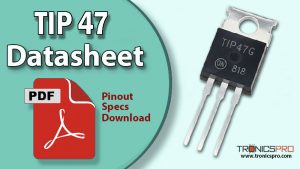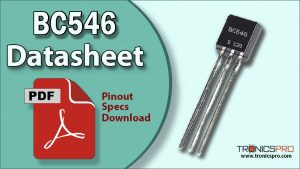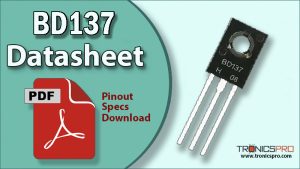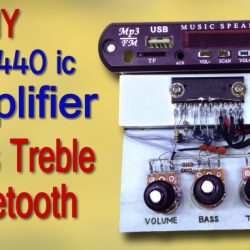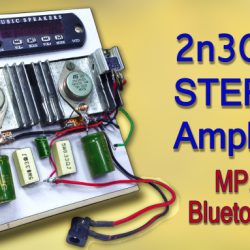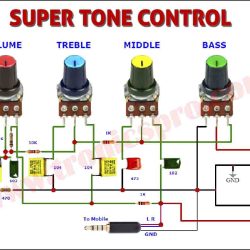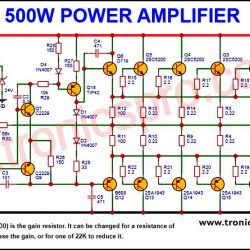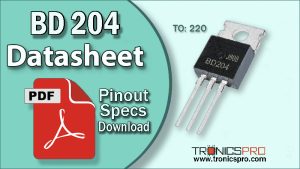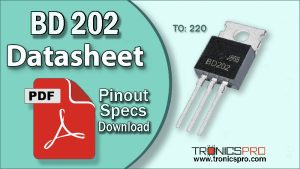Introduction
The BD178 is a PNP silicon power transistor commonly used in audio amplifier circuits, switching regulators, and power control applications. It is part of the BD17x transistor family, known for their excellent linearity, durability, and medium-power handling capability. The BD178 is designed to provide high performance in low-frequency and audio-frequency amplifier stages, where stability and low distortion are essential.

This transistor offers a maximum collector-emitter voltage (Vce) of –60V and a collector current (Ic) rating of –3A, allowing it to operate efficiently in moderate power applications. Its robust TO-126 package ensures effective heat dissipation, making it reliable for continuous use in power supply regulators, class AB amplifiers, and driver stages.
BD178 PNP Transistor

Because of its high gain, low saturation voltage, and strong current handling capacity, the BD178 is ideal for circuits that demand precise control and efficient switching. It serves as a replacement for older or less efficient PNP devices in various analog and digital control systems, ensuring consistent performance and compatibility in modern electronic designs.
Pinout of BD178

Key Features
- PNP silicon power transistor for audio and switching applications
- Medium-power handling capability with good thermal stability
- Suitable for use in driver and output stages of amplifiers
- Low collector-emitter saturation voltage for efficient operation
- Reliable performance in both amplifier and switching modes
- Encapsulated in a TO-126 package for improved heat dissipation
Specifications/Characteristics
- Collector-Emitter Voltage (Vce): -60V
- Collector-Base Voltage (Vcb): -60V
- Emitter-Base Voltage (Veb): -5V
- Collector Current (Ic): -3A
- Power Dissipation (Ptot): 12.5W
- DC Current Gain (hFE): 40 to 250
- Transition Frequency (fT): 3 MHz (typical)
- Operating Temperature Range: -65°C to +150°C
- Package Type: TO-126
Pin Configuration
| Pin# | Pin Name | Pin Description |
|---|---|---|
| 1 | Emitter | Current flows out from this terminal |
| 2 | Collector | Current enters this terminal |
| 3 | Base | Controls the transistor’s operation |
Comparison Summary of BD176, BD178, BD180
- The BD176 is the entry-level PNP transistor in this family, featuring a collector-emitter voltage of -45V and suitable for medium-voltage amplifier and switching applications.
- The BD178 is an improved version with a collector-emitter voltage of -60V, allowing it to handle higher voltages and more demanding power applications with enhanced thermal reliability.
- The BD180 stands as the high-voltage variant, with a collector-emitter voltage of -80V, ideal for high-power audio amplifiers and voltage regulation circuits where higher stress tolerance is required.
- All three share similar current ratings and frequency response, but BD180 provides the widest voltage margin and highest power capability, while BD176 is suited for lighter loads.
More Circuit Layouts

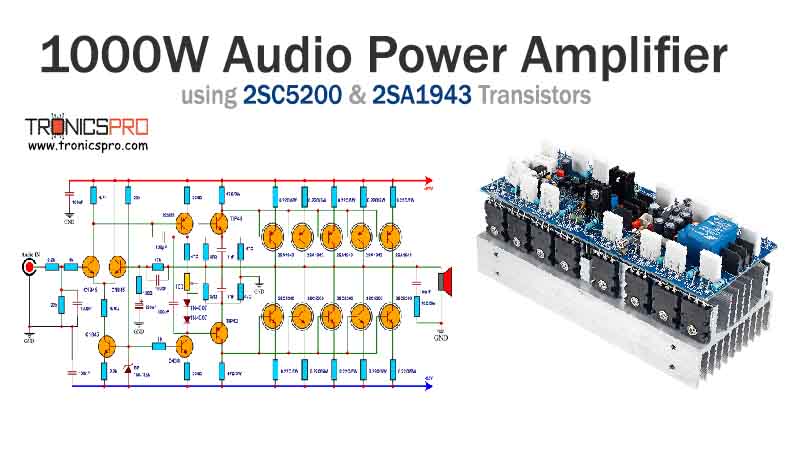
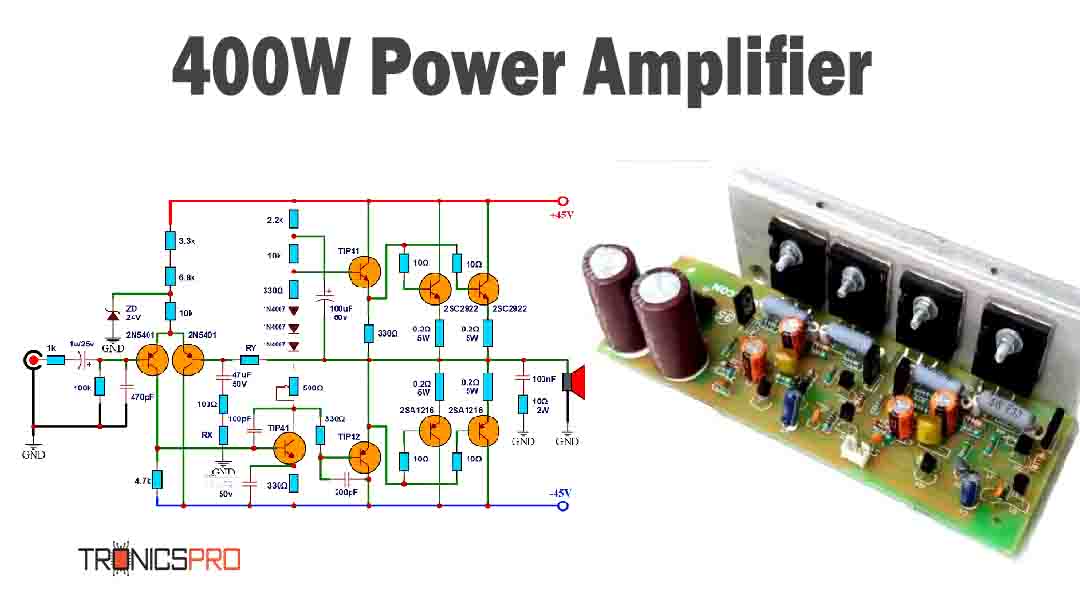
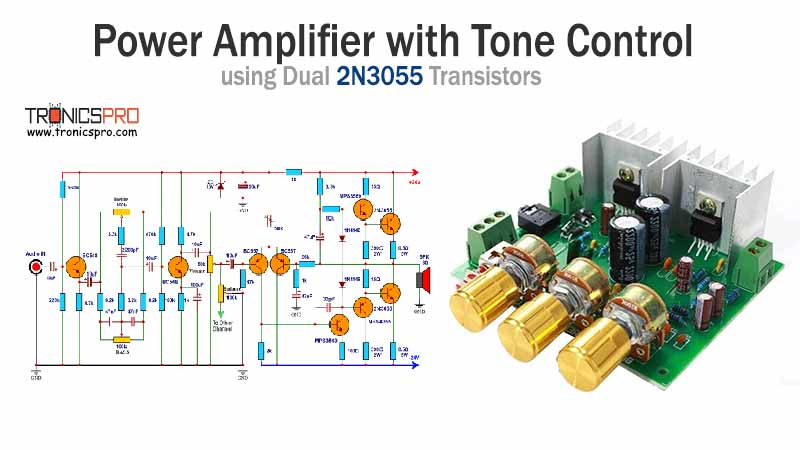
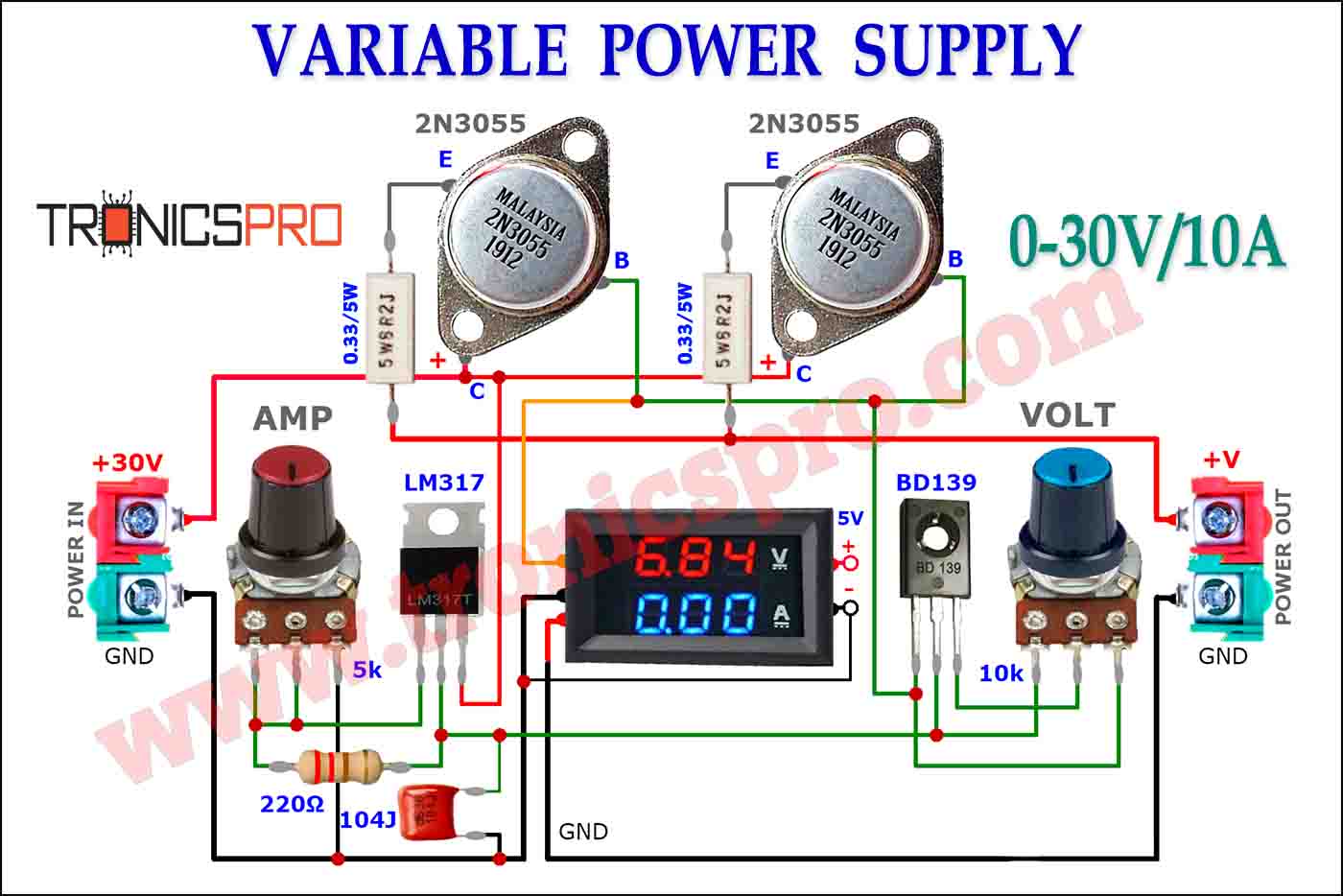
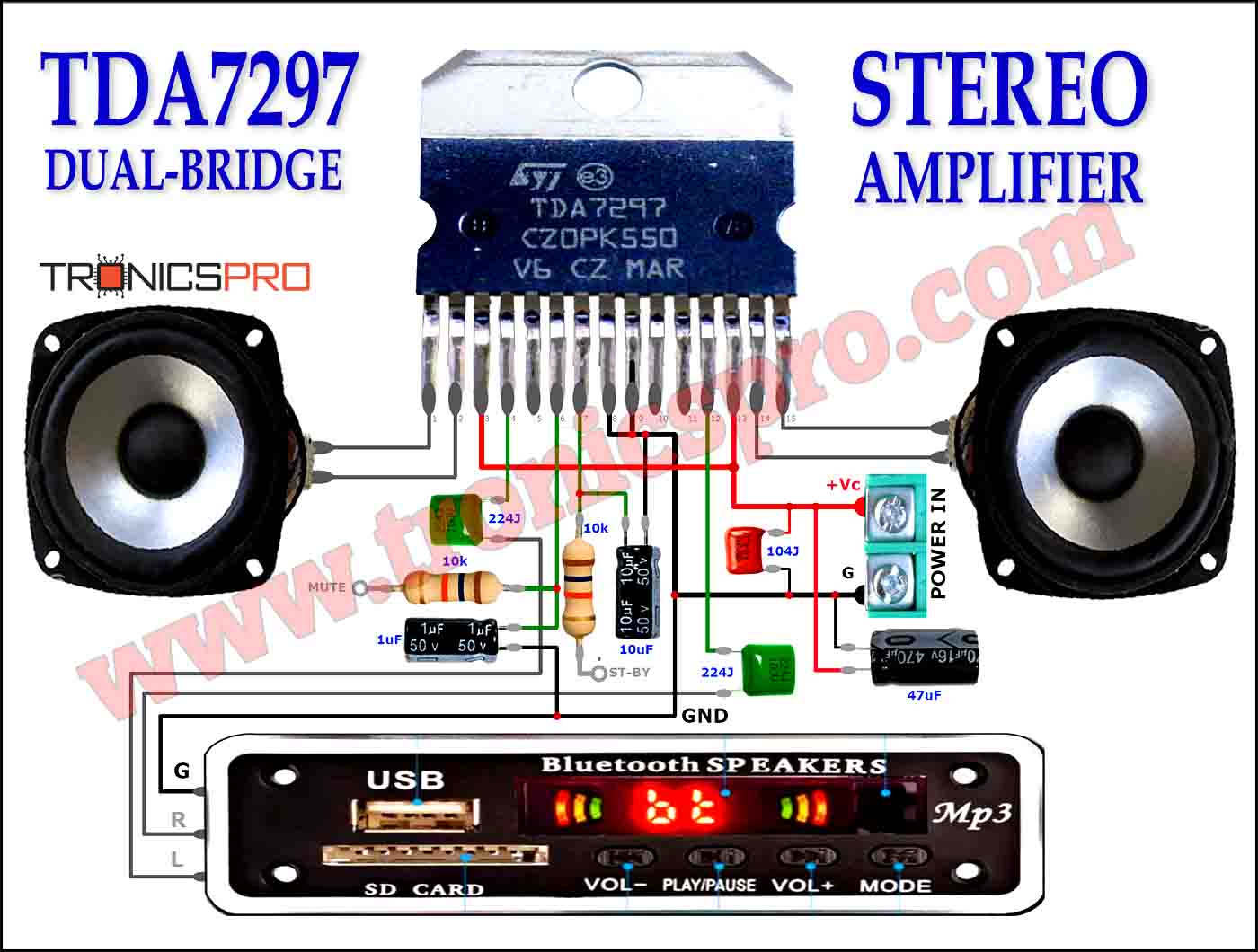
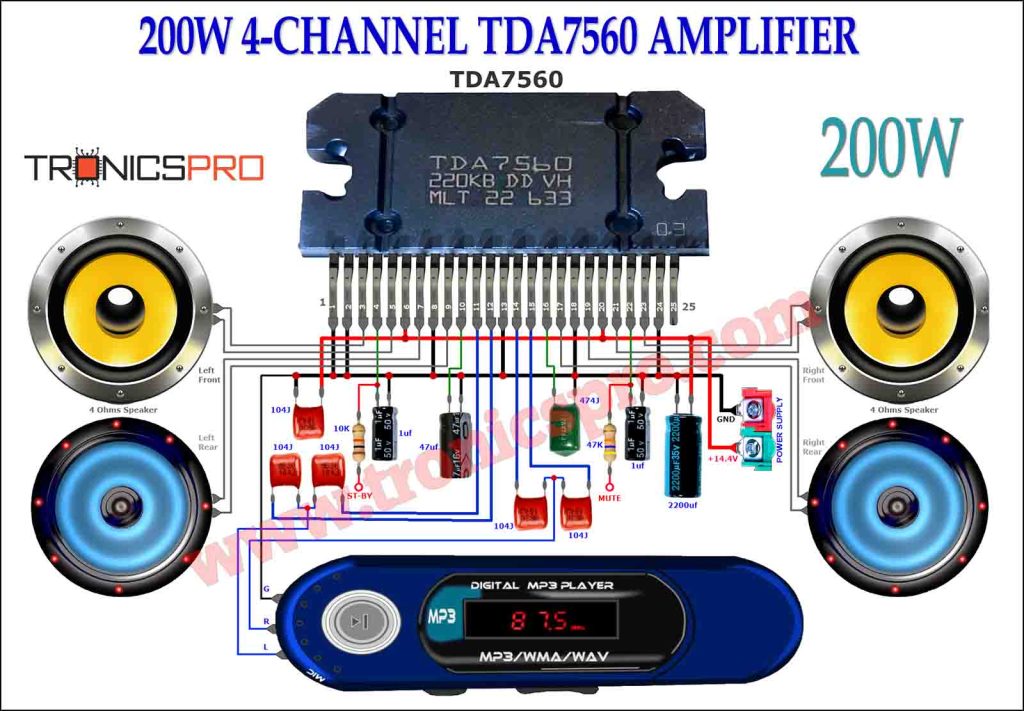
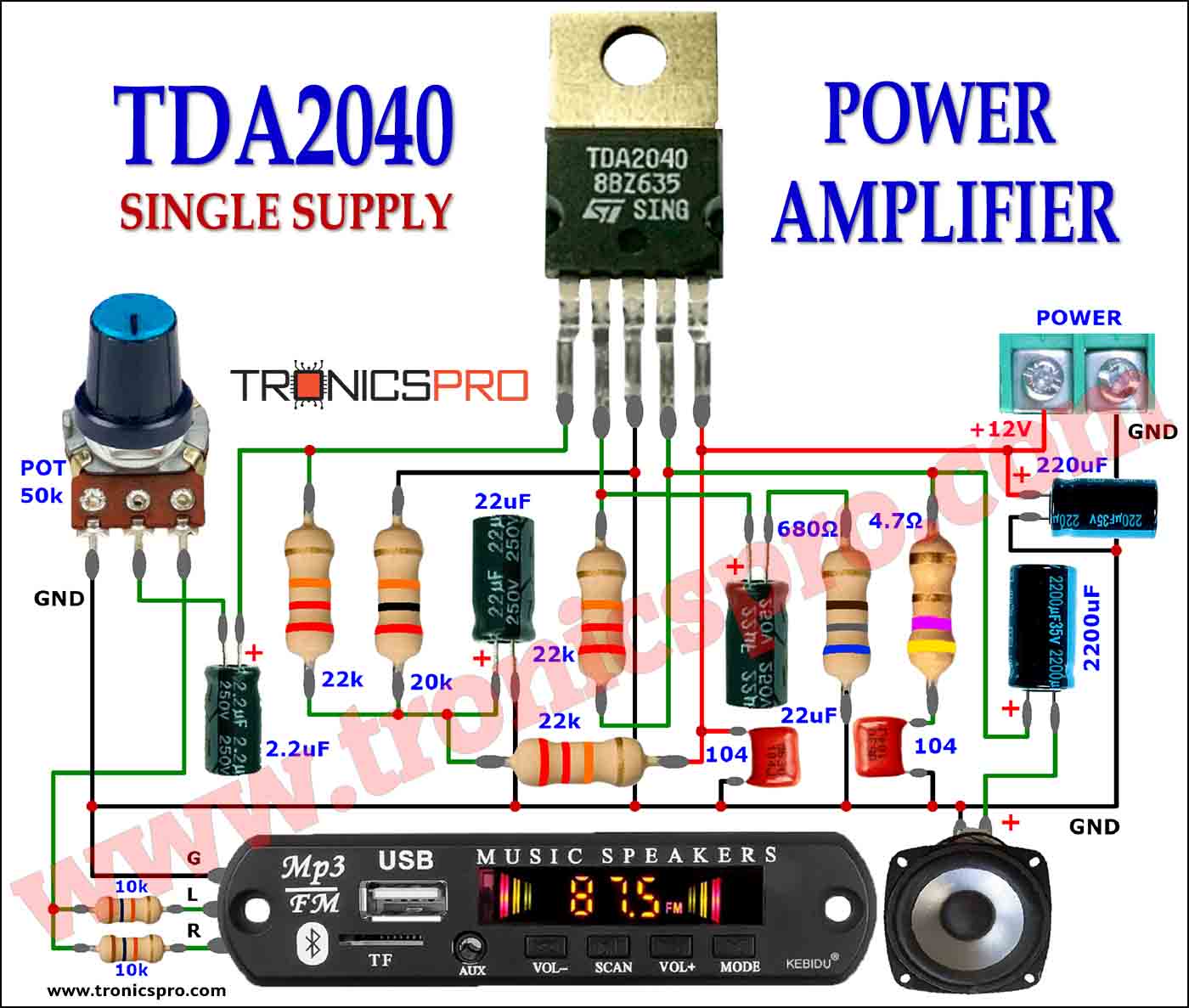
Key Applications of BD178 PNP Transistor
- Audio power amplifier circuits
- Driver and output stages
- DC-DC converter circuits
- Power supply regulation and switching
- Signal amplification in analog devices
- Industrial and consumer-grade electronic control units
NPN Complimentary Transistor
- The complementary NPN transistor for BD178 is BD177.
Equivalent Transistors of BD178 PNP Transistor
- BD176
- BD180
- 2N4037
- BD140 (for similar general-purpose use)
- MJ2955 (for higher current PNP applications)
(Pin configuration of some transistors mentioned here may different from BD178).
Datasheet of BD178 PNP Transistor
Click the following Button below to download the datasheet of BD178 Transistor :
More projects, You may like:
- Video Transmitter DIY Homemade FM Radio Transmitter
- Adjustable Power Supply DIY Battery Charger
- 12V-220V 500 Watt inverter DIY Homemade
- MPPT Solar Charge Controller DIY Homemade
- DIY LA4440 bass amplifier homemade
For more project and circuit diagrams, you can go through the Schematics in the main menu where you can find many interesting projects and circuit diagrams like audio amplifier circuits, voltage booster circuit, battery charger circuit and timer circuits etc., which are all beginner circuit projects. Feel free to check them out!

Thank you for visiting the article.




